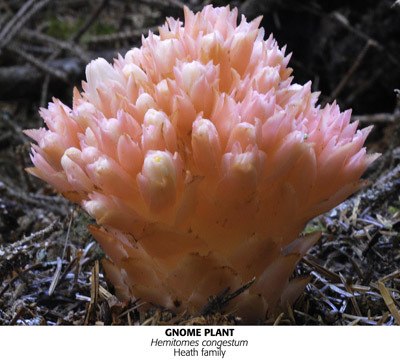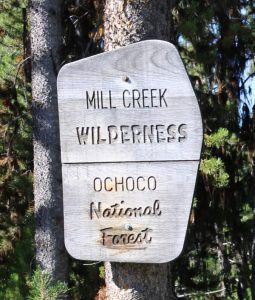We are collectors
Recently, it was announced that the California Department of Fish and Wildlife caught folks poaching Dudleya farinosa from coastal Mendocino and Humboldt counties. The tip came in from a Postmaster who noticed dirt spilling from a box being shipped to China. Conversations started, one post office talked to another, and they realized poachers were moving from post office to post office shipping boxes of the charismatic Dudleya farinosa. One of the postal workers then reported the suspicious activity on CalTip and this is now an active international poaching case.



